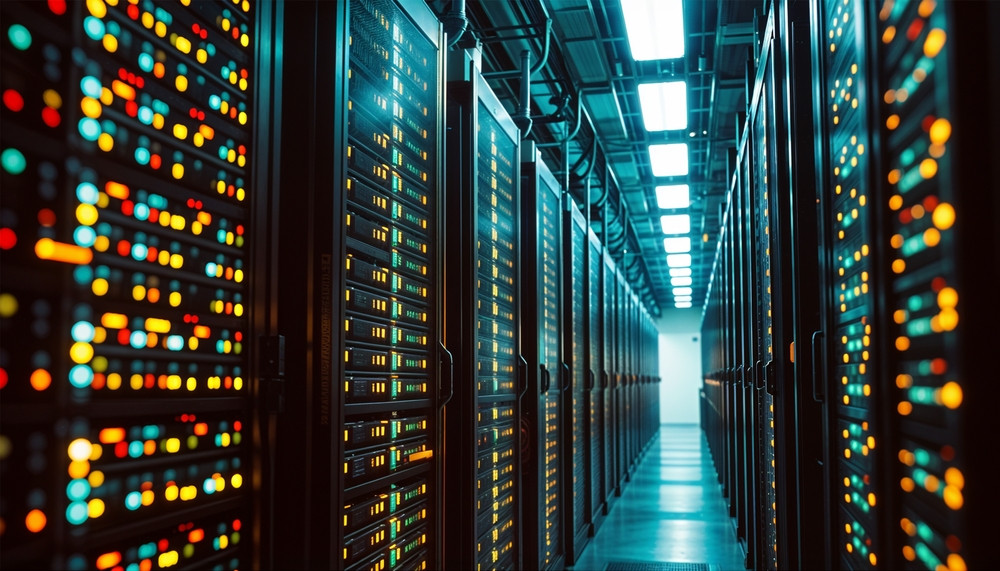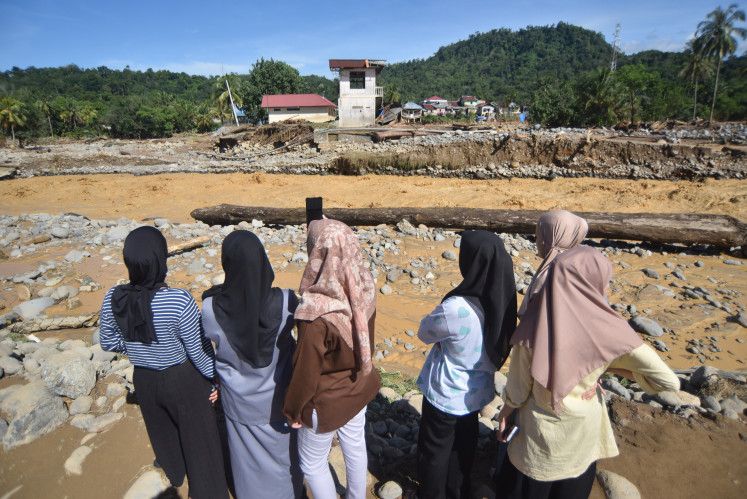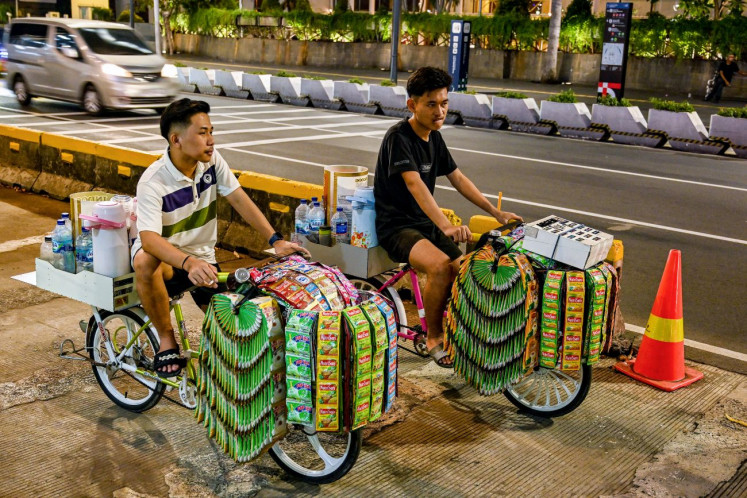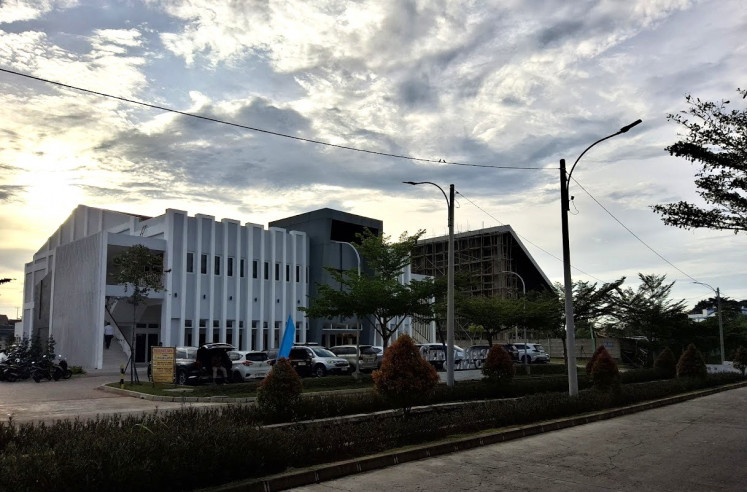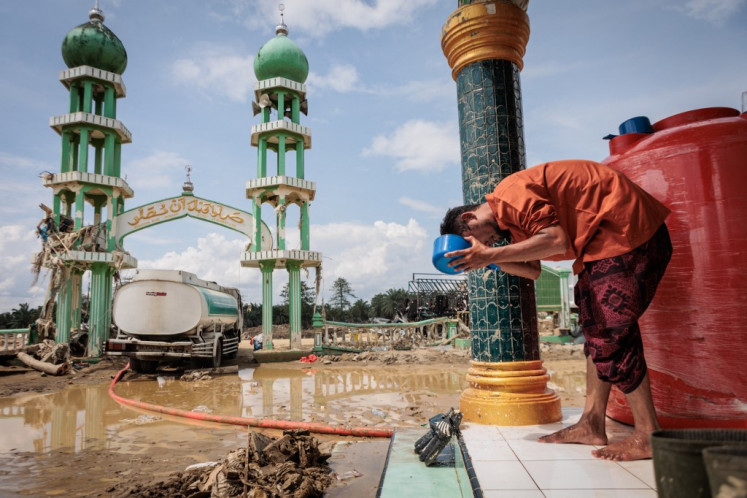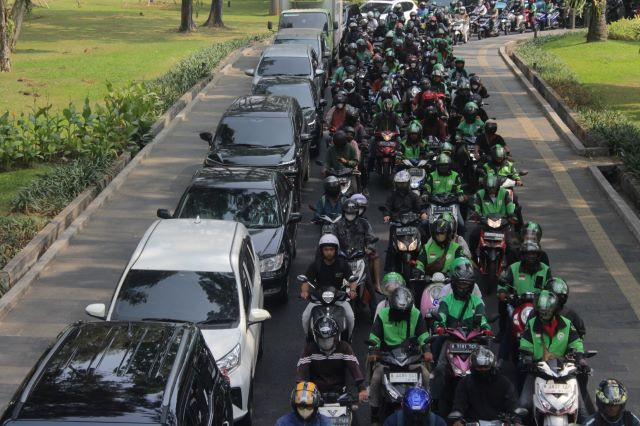Popular Reads
Top Results
Can't find what you're looking for?
View all search resultsPopular Reads
Top Results
Can't find what you're looking for?
View all search resultsGreen tech for a growing digital economy
Sustainable investment is key to building and maintaining the infrastructure needed to support the exponential growth in technology adoption to minimize the environmental footprints of an increasingly digital society.
Change text size
Gift Premium Articles
to Anyone
I
ndonesia’s digital economy, the largest in Southeast Asia, is projected to grow to more than US$130 billion this year. At the same time, the country’s AI adoption has reached 61.0, according to the Oxford Insights Government AI Readiness Index 2023. Though this figure is still below that of neighboring countries such as Singapore, Malaysia and Thailand, Indonesia still leads in digital technology adoption in the region with the largest number of internet users.
Indonesians are growing increasingly involved in digital activities as well, including increasing artificial intelligence adoption for supporting their activities in work, learning and social interaction. A huge population with high interest in adopting digital technologies has enabled the country’s realization of a digital society.
Behind these growing digital practices is a huge and reliable network of digital infrastructure. Data centers are among the most important infrastructures in today’s digital world. They provide ease in harnessing public cloud services, such as OneDrive or Google Drive, to manage web hosting, develop digital applications and adopt AI for daily activities as well as fulfill needs supported by reliable networks.
However, a data center is an energy-hungry digital infrastructure. According to the International Energy Agency (IEA), the energy needed to power data centers will triple by 2030, particularly due to the growing adoption of AI.
According to the IEA, data centers in the United States consumed 300 terawatts (TW) of electricity in 2020 and are projected to consume 1,000 TS of electricity by 2030. Likewise, data centers in Asia, excluding China, consumed 100 TW of electricity and this figure is projected to triple by 2030.
Since data centers need to run 24-7, a reliable electricity supply is mandatory. According to the IEA, in 2025 data centers will consume 550 terawatt-hours (TWh) of electricity, of which 400 TWh will come from fossil fuels, including natural gas, and nuclear power, with the rest from renewable energy sources such as solar and wind.
As energy needs grow exponentially, environmental footprints including greenhouse gas emissions, water supply and electronic waste need to be managed carefully to maintain the sustainability of such investments. Greening data centers is essential, not just to minimize the environmental impact of this investment, but also to protect it from climate change hazards.
The International Telecommunication Union defines a green data center “as a repository for the storage, management and dissemination of data in which the mechanical, lighting, electrical and computer systems are designed for maximum energy efficiency and minimum environmental impact”.
From planning to construction, data centers must be designed with energy-efficient components and housed in eco-friendly buildings that need less energy for their cooling systems.
Most data centers are located near urban areas that are close to users. This poses challenges for power transmission and water cooling systems, most of which are sourced from rural areas.
Sustainable cooling systems and reliable renewable energy sources must be implemented properly to support the operation and maintenance phase of data centers. Information and communication technologies (ICT) equipment, including algorithm and network infrastructures, need to adopt energy-efficient technology. At the end of their life cycle, electronic waste must be managed through reuse, repair, redistribution and recycle activities so they have a minimum impact on the environment
The government needs to develop and implement relevant policies for greening local centers. These policies should include incentives for the adoption and transmission of reliable renewable energy, building research and innovation in developing energy-efficient buildings and ICT equipment, as well as training human resources on green skills.
Strengthening knowledge, skills and training is essential to maintain sustainable investing in green data centers.
---
The writer is an associate professor in digital business technology and co-provost of research, community services, students affairs and alumni networks at Prasetiya Mulya University.

